Siemens Switch Disconnectors
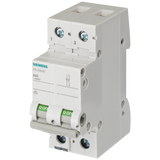


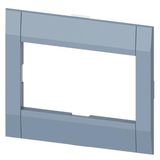
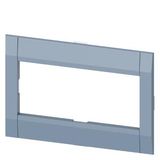



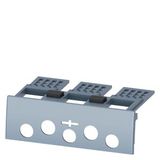

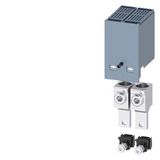

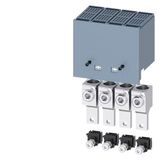
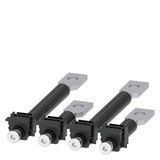

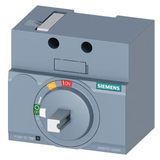

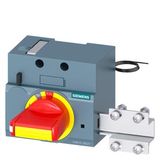
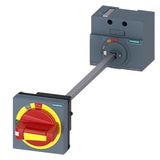
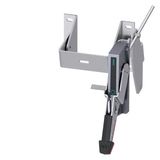


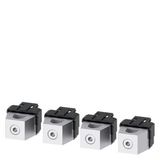
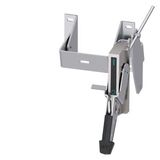
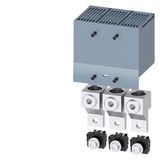
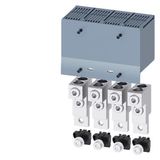
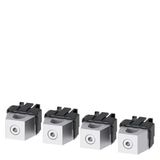
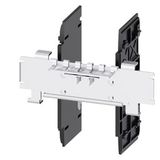


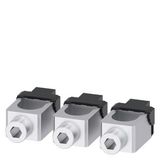



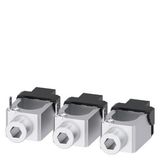


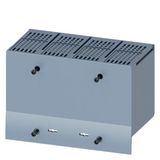


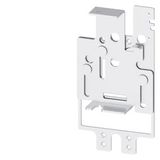

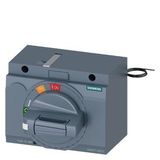
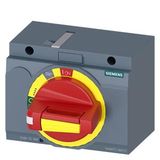
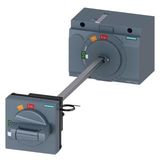



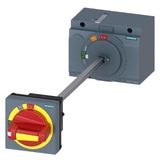
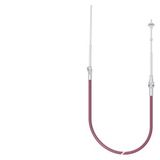
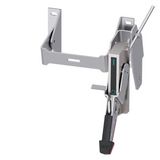
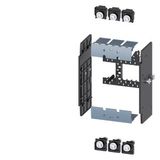
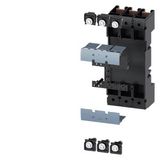
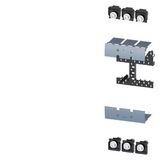

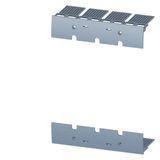
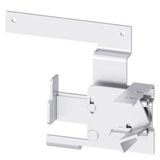
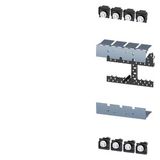
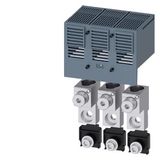
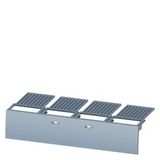
siemens switch disconnectors for LV distribution and machinery
Switchgear you can trust when a feeder must be visibly and safely isolated. Siemens units land on 35 mm DIN or backplates, with door-coupling handles that padlock in OFF, clear ON/OFF indication, and interlocks that stop you opening a live cubicle. Ratings span ~16…1600 A at 690 V AC (series dependent), 3- and 4-pole, with switched-neutral and early-break options for TN-S conversions. Thermal data, terminal sizes, and mounting depths are published so panel drawings translate to the shop floor without guesswork.
Product range and operating mechanics
Compact DIN devices up to ~125 A cover boards and OEM skids; frame-mounted bodies in the 160…630 A class sit behind door handles on MCC sections; top-end knife/foot-mounted versions push to 1000/1600 A for main incomers and changeover schemes. Contact geometry gives snap action and visible contact gap; silver alloy tips and arc chutes clear AC-23A duties cleanly. Terminals accept 1.5…70 mm² (DIN sizes) and up to 240 mm² (frame units) with dual-cage entries on selected poles to simplify loop-through.
Other Siemens products
siemens rotary disconnectors ergonomics and mounting
Door-coupled kits ship with red/yellow E-stop style or black/grey operators, 3-position escutcheons (OFF–ON–TRIP), shaft cut-tables, and padlock hasps (typically 3×Ø6–8 mm). Panel-mount versions add IP54/IP65 sealing boots; base-mount devices carry front or side handles for tight cubicles. Mechanical interlocks and linkage kits let you build reliable source changeover without inventing brackets.
siemens main switch units for boards and machines
Main isolators in riser boards or machine control panels use high-Icw frames with tested short-time withstand (e.g., 10–50 kA/1 s by size) and listed let-through limits for busbar checks. 4-pole variants with switched neutral and early make/late break keep RCD selectivity intact on mixed floors. Auxiliary blocks (OF/SD) report position to PLC/SCADA for safe-entry procedures.
Technical specifications and standards
Electrical duty per IEC/EN 60947-3 (switch-disconnectors and load-break devices). Utilization categories: AC-21A (resistive), AC-22A (mixed), AC-23A (motor/control with inrush). Making/breaking capacities and Icm are declared; operating temperature typically −25…+55 °C (storage −40…+80 °C). Altitude derating curves are provided. Degree of protection: device IP20 fingersafe; with boots/handles to IP54/IP65 on the door. Mechanical life commonly ≥10 k cycles; electrical life depends on AC-xx duty and current class. DC ratings exist for PV/ESS strings (up to 1000–1500 V DC in string isolator families); polarity and series-pole wiring diagrams are printed on the lid.
Arc performance, auxiliaries, and safety features
Arc chambers and blow-out paths are sized for repetitive AC-23A switching. Early-break auxiliary contacts support interlock logic; door interlocks defeat with a tool for authorized maintenance. Shaft shear points avoid handle damage if the door is forced. Handles can be padlocked OFF; some series allow ON padlock for operational lock-on. Earth/neutral bars and bridging links are available to keep segregation neat in Form 2–4 assemblies.
Applications and safety practice
Use panel-front operators for MCC incomers, machine main isolators at the point of entry, and local isolation next to motors, heaters, and drives. In PV, string boxes need high-voltage DC devices with verified interruption at the array’s Isc and temperature. For washdown plants, pick stainless shafts and sealed handles. Where risk assessments demand visible isolation, specify viewing windows or external shaft position indicators—your safe-entry steps go faster with fewer debates. In tender text that calls for siemens electrical isolation switches, list mounting (door/base), pole count, AC category, handle color, and padlock count next to each tag.
Integration with Siemens panels, drives, and metering
On distribution boards, isolators sit ahead of SPD stacks with short PE bonds; metering CTs and links fit on the same backplate without bending the shaft. For VFD cabinets, place the isolator upstream and keep motor leads away from the operator hardware; cross at 90° to reduce EMC coupling. Aux contacts wire to S7/ET 200 safe inputs for permissives; changeover mechanisms coordinate with ATS logic on generator boards. Cable glands, divider trunking, and 360° shield clamps from the Siemens ecosystem preserve IP and EMC at panel entries.
Selection guide for B2B buyers
Start with the duty: AC-21A for resistive, AC-22A for mixed, AC-23A for motor/heater feeders. Fix In from cable and load, then check making/breaking at the actual utilization category—do not size only on thermal. Verify Icw/Icm against the board’s Ik study and the time you need for protective clearing. Choose 3- vs 4-pole (switched N where RCD selectivity matters), handle type (door-coupled vs base), and padlock policy. Ambient, enclosure size, and altitude drive derating; leave shaft clearance and door thickness in the mechanical pack. Where the spec mentions siemens load break switches in the same schedule as isolators, keep them for frequent operational switching; isolators guard lock-out and safety.
Procurement notes and accessories
Order shafts by door depth; wrong length invites side-load and premature bushing wear. Add auxiliary OF/SD, mechanical interlocks, and terminal shrouds to the same line. For field isolation and OEM skids, compact bodies with front handles reduce door hardware. Where crews must isolate tooling locally, list siemens manual disconnect switches with IP65 boots and padlock points. In retrofit risers, adapter plates keep cutouts; if the schedule includes siemens isolator switches for service heads, lock the handle color per site standard (red/yellow on safety circuits, black/grey on general).
Advantages of working with Bankoflamps
We align frames, poles, AC category, and handle kits to your one-line and mechanical elevations, then show live EU stock before shutdown windows are booked. Quotations usually land in about an hour with EAN/MPN, so rating, Icw/Icm, shaft length, and auxiliary sets don’t drift mid-phase. Your portal lists lead times, shipment status, and downloadable price lists; pricing validity is held to project gates. Approved clients can use post-payment up to 30 days. We consolidate by board section or machine cell to cut freight and site sorting, and your account manager cross-checks fault level, utilization category, enclosure depth, padlock policy, neutral strategy, and SPD/CT clearances against your drawings—so crates arrive board-ready and electricians isolate once.